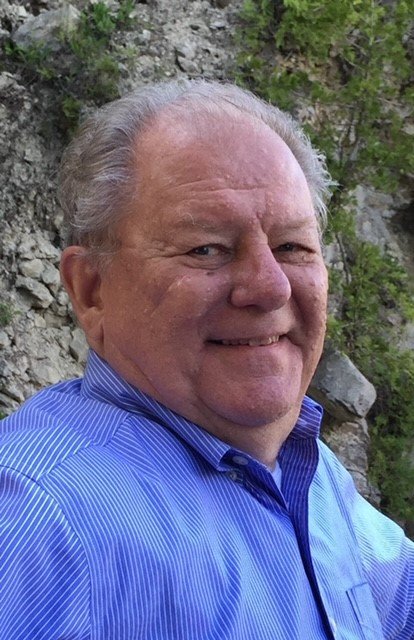You need to know your bodies and see the doctor if anything changes. It would help if you did a breast self exam, examine your testes, have your colonoscopies when you are supposed to. It's better to know than to not know when it comes to cancer (or any disease, really).
My journey to cancer land started in the Spring of 2012. Well, that's not entirely true. Years before, I'd reported to my primary care doctor that I had a pea-sized lump at the 12 o'clock position. He examined me and told me that "perhaps it's a cyst or a calcium deposit. You have some manboob (being a bigger guy) going on, so you have some gynecomastia. We'll watch it." Famous last words, "we'll watch it." Several years later, I went in for a sick visit for my right ear, having some impacted wax. He was precepting 2 Yale Medical students and a student nurse that day. They all took turns irrigating my right ear using a large chrome syringe and one of those tiny kidney cup basins to catch the water and any wax that had been dislodged. I got soaked with water. When they were done, I just happened to remember to tell him that my pea-sized lump was still an issue but had gotten larger, asymmetrical, and hurt to the touch. He said, "take your shirt off. Let's look.". He palpated it and mumbled "inverted nipple" to the med students and student nurse. He told me he would set up a referral to the hospitals' cancer center to get a mammogram and an ultrasound. The ultrasound proved to be suspicious. The tech brought in the radiologist on duty to have a look. She said, "I'm going to call the office right now and give them my verbal report". I replied, "It's quarter to 5 PM on a Friday, I am certain they aren't in the office."
She said, "Still, I want them to have these results as soon as possible." A week later, my primary care doctor called me with the mammogram results and the ultrasound and told me to see the surgeon that was across the hall from where I had the mammogram and ultrasound done. He did a biopsy then and there. It hurt like hell. And then, he did an FNA (Fine Needle Aspiration) of the two suspect lymph nodes. It was on a Tuesday. That Friday, about a quarter to five, the surgeon called me back with the biopsy results. I told him to hold on, we were at Walmart and just loading groceries in the car, and I wanted to give him my full attention. He waited, I got in the car and sat down in the driver's seat.
He told me what he would need to do. His voice trailed off to the Charlie Brown cartoon teachers voice. "Wah waaah wah wah". I remember he told me "It's not good news. You have breast cancer." He proceeded to summarize what he would need to do surgically to remove my left breast and left lymph nodes. I managed to tune back in. I was crying, my husband was crying. He told me he would have the girls in the office call me to schedule a time to come back in and talk about the surgery. Which they did. I went home and was sobbing. I researched male breast cancer on "Dr. Google". I had a hard time finding any information. We went in that following Tuesday to talk about surgery. I went in with a list of questions to ask the surgeon before surgery, at the time of surgery and after surgery that I'd found on a website. So, one of the questions on the list was, "I want a second opinion. Who would you recommend?" He looks disappointed. Maybe because I tied him up so long with the surgery explanation and questions or maybe because he felt he would lose a "paying customer". Anyway, he gave me the names of three breast surgeons closer to my home.
I picked one and got an appointment at 5 PM since I was already diagnosed. They needed to go through their surgical opinion after doing a clinical exam and her own ultrasound. The medical assistance stayed and drew blood for a BRCA 1&2 mutation test. I was negative for all the genetic mutations, including others I found out later after being given the Myriad Genetics My Risk Panel. So how did I get breast cancer? Who knows? I felt confident in this new surgeon. I didn't get out of there until 8:45 PM. They are that thorough. The next day I dropped off my leave of absence paperwork. They gave me a list of "To Do's," including blood work, seeing a plastic surgeon who was going to be scrubbed in to close my surgical incision and see what she could do about making me flat, the date of the surgery when I'd be discharged. Amazing. I said to the Medical Assistant, "Didn't you go home last night? How did you get all this done so fast?".
On Wednesday, June 13, I had a radical modified mastectomy with sentinel node biopsy and a lymph node dissection. On Friday, June 15, I was discharged home with 2 Jackson Pratt (JP) drains to drain off fluids. A visiting nurse came every day to check the amount of fluid that had drained off and make sure I was bandaged properly. This was all followed by six rounds of aggressive chemotherapy once every three weeks. I received Adriamycin (the red devil), Cytoxan, and Taxotere. After about a month's break, they started me on 25 generous daily doses of radiation. I was left hairless and exhausted, but I was alive. The cancer was stage 3a. I had visits with the medical oncologist about every 6 to 9 months. I started on Tamoxifen on 1/1/2013. I was on it until September 17, 2020. I'd seen my oncologist, and he wanted me to have a CT scan. On September 17, I got a call after the CT scan, and it was my oncologist saying, I think we need to talk about this CT scan. I am now stage four metastatic.
There is a mass on my left chest wall, the 2nd rib with a lytic lesion, my T1 and T12 vertebrae have lytic lesions, a lymph node below where my airway splits into each lung, and a nodule in the right middle lobe of my lung. What they've biopsied shows it's same cancer I had in 2012. It's ER/PR positive, HER2 Neu negative. I asked the wonderful interventional radiologist to look back at my previous CT scans to see if they showed metastatic spread. I remembered reading my reports and seeing that 2nd rib having lytic lesions before. Sure enough, the CT scan in 2018 and 2019 showed lytic lesions, and I was told they should have picked up on it in 2019 for sure. It was obvious to me that the images showed the 2nd rib had a pathological fracture. So, I've probably have had stage 4 metastatic as far back as 2018. At least since 2019. I guess that's why it's called "practicing medicine."
1 https://breastselfexams.org/
2 https://www.cancer.org/content/dam/CRC/PDF/Public/8584.00.pdf
About Bob

































